10 Dutchman Breeches Bulbs – White/Pink – Premium Perennial Wildflower for Shade Gardens
Original price was: $45.99.$23.99Current price is: $23.99.
Dutchman Breeches (Dicentra Cucullaria) bulbs produce delicate white to pink flowers. Perfect for moist, shady areas. A stunning perennial wildflower!
Estimated arrival
Dec 10
Dec 15 - Dec 17
Dec 20 - Dec 24
Reasonable Price
We offer reasonable price

Support 24/7
Contact us 24 hrs a day

100% Money Back
You've 30 days to Return

Payment Secure
100% secure payment
Dutchman Breeches: A Shade Garden Delight
Dutchman Breeches (Dicentra Cucullaria) is a unique perennial wildflower native to the eastern United States, celebrated for its delicate white to pink flowers that resemble pantaloons hanging upside down. Blooming in early spring, these striking flowers create a lovely display from March to April, adding an elegant touch to any woodland garden or shady garden space. These Dutchman Breeches bulbs are an excellent choice for adding visual interest and native charm to your garden.
The plant’s fern-like leaves provide an attractive contrast to the blossoms, making Dutchman Breeches a standout in any landscape. These wildflower bulbs are ideal for planting in moist, shady environments and thrive in acidic soils found in woodland areas. The bulbs themselves are rice-like and easy to plant, offering a low-maintenance option for gardeners looking to enhance their outdoor space with native flora. Enjoy the beauty and ease of growing these unique wildflowers.
Dutchman Breeches is an important part of local ecosystems, as its flowers attract pollinators like bees and other insects, while the plant serves as a food source for small mammals and ants. These plants are especially suitable for wildlife gardens or for those looking to promote biodiversity. Planting these Dutchman Breeches bulbs supports local wildlife and adds ecological value to your garden.
Additionally, the Dicentra Cucullaria bulb makes a perfect gift for garden enthusiasts who enjoy native plant gardening or adding beauty to their shady garden beds. Their unique appearance and low-maintenance nature make them a thoughtful and appreciated addition to any garden. Consider gifting Dutchman Breeches bulbs to fellow gardening enthusiasts.
With their unique flower shape and ease of care, Dutchman Breeches are a fantastic addition to any shade garden. These perennial wildflowers offer both aesthetic beauty and ecological benefits, making them a valuable asset to your outdoor space. Plant your Dutchman Breeches bulbs this season and enjoy the beauty of these native treasures.
Key Features and Benefits
- Unique White to Pink Flowers: Dutchman Breeches produce three-petaled flowers that resemble pantaloons, creating a stunning and whimsical garden display.
- Native Wildflower: This native plant thrives in moist, shady woodland areas, ideal for garden beds or naturalized spaces.
- Fern-like Foliage: The delicate, compound leaves resemble ferns and add texture and elegance to your garden even when the flowers are not in bloom.
- Pollinator-Friendly: The plant attracts a variety of pollinators, including bees and other insects, making it a great addition to any pollinator garden.
- Low-Maintenance: Once established, Dutchman Breeches bulbs require little care and thrive in moist, well-drained soils, making them perfect for low-maintenance landscaping.
FAQs
- When do Dutchman Breeches bloom?
- Can I grow Dutchman Breeches in full sun?
- How do I plant Dutchman Breeches bulbs?
- Are Dutchman Breeches toxic to pets?
- What is the best way to care for Dutchman Breeches after planting?
Dutchman Breeches bloom in early spring, typically from March to April, producing delicate white to pink flowers that resemble upside-down pantaloons.
No, Dutchman Breeches prefer shady environments, especially in woodland gardens or areas with moist, well-drained soil.
Plant Dutchman Breeches bulbs in acidic, well-drained soil in shady spots. Bury the bulbs about 1-2 inches deep, and space them about 6-8 inches apart to allow room for growth.
Yes, like many members of the Dicentra family, Dutchman Breeches can be toxic to pets, particularly livestock. Cattle can experience symptoms like drunken staggering if they ingest the plant, so plant with care if you have grazing animals nearby.
After planting, Dutchman Breeches bulbs require minimal care. Water occasionally during dry spells, and ensure the soil remains moist but well-drained. Avoid overwatering to prevent root rot.
Be the first to review “10 Dutchman Breeches Bulbs – White/Pink – Premium Perennial Wildflower for Shade Gardens”
-
USDA Hardiness Zone
3-7 -
Soil Type
Moist, well-drained, acidic soil -
Sunlight Exposure
Partial to Full Shade -
Expected Planting Period
Fall

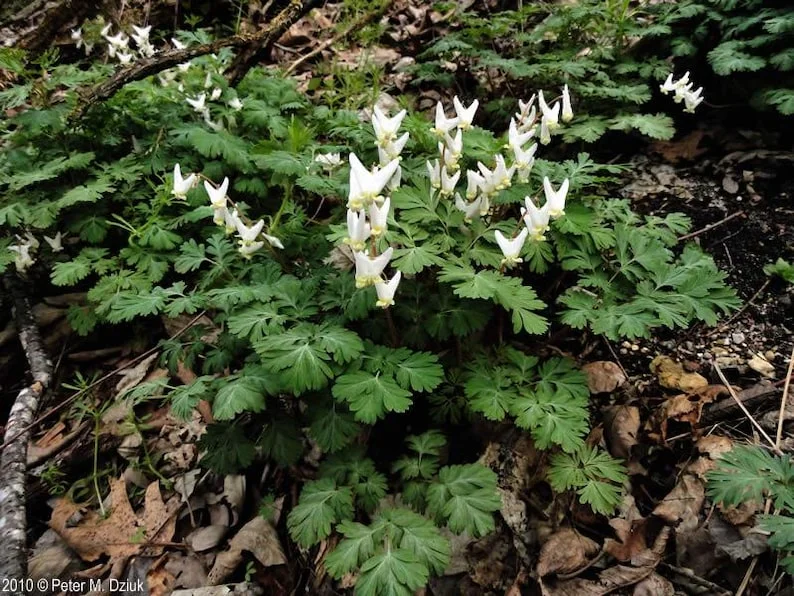
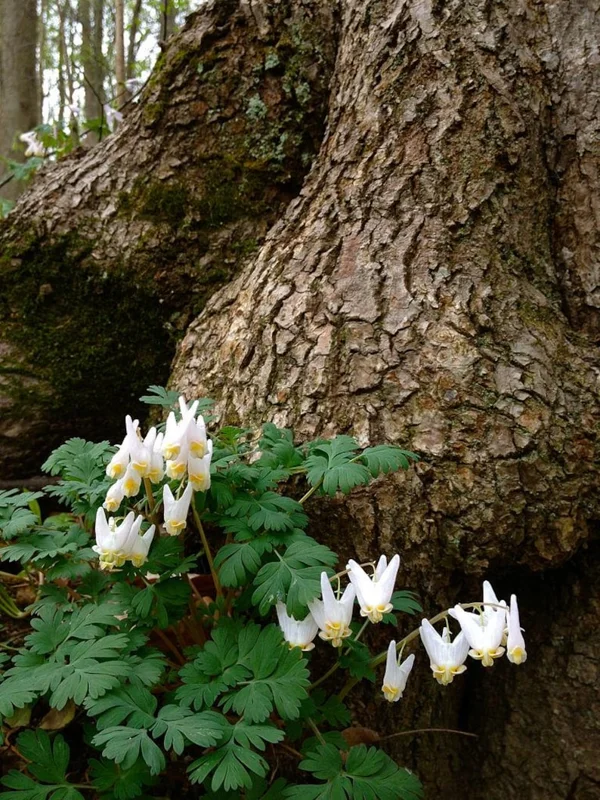

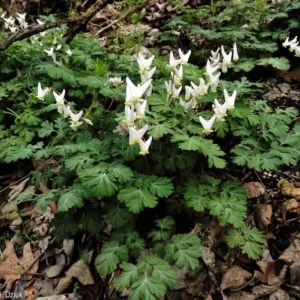
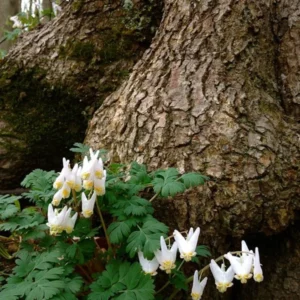
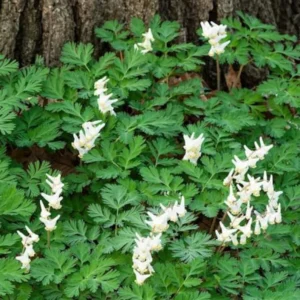

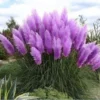
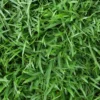

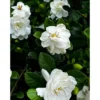
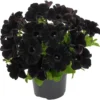
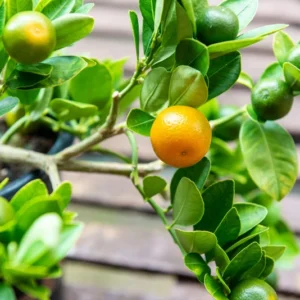
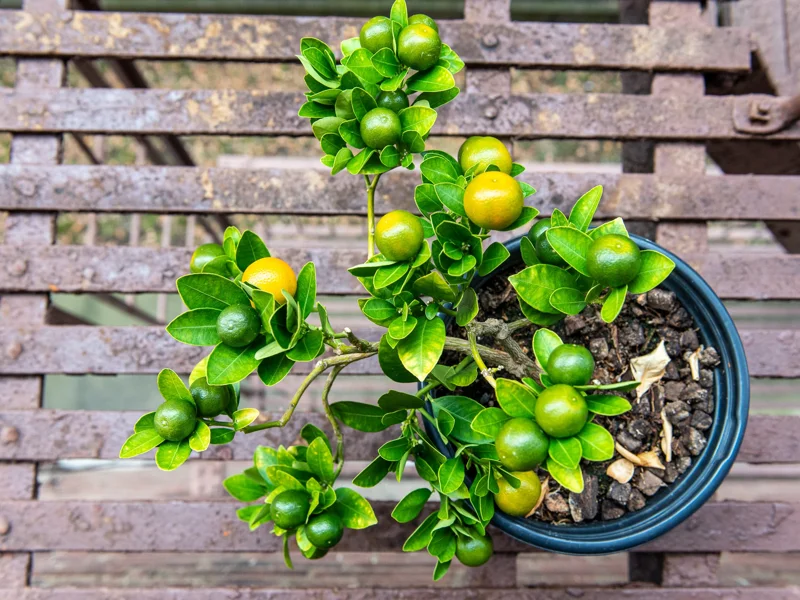
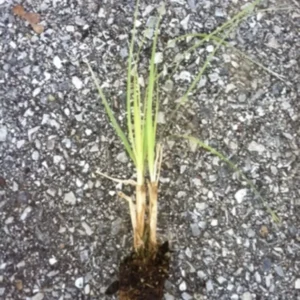
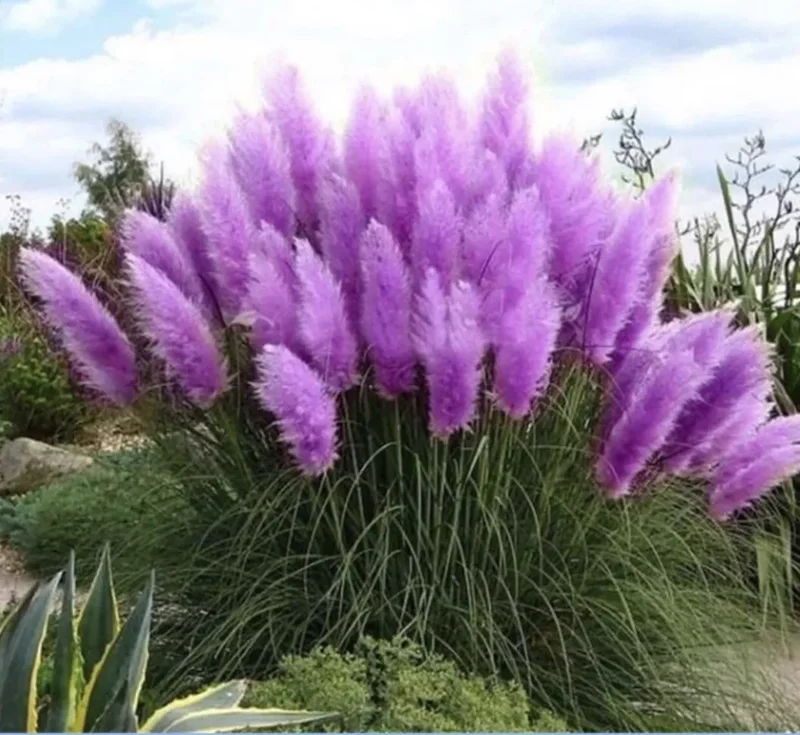
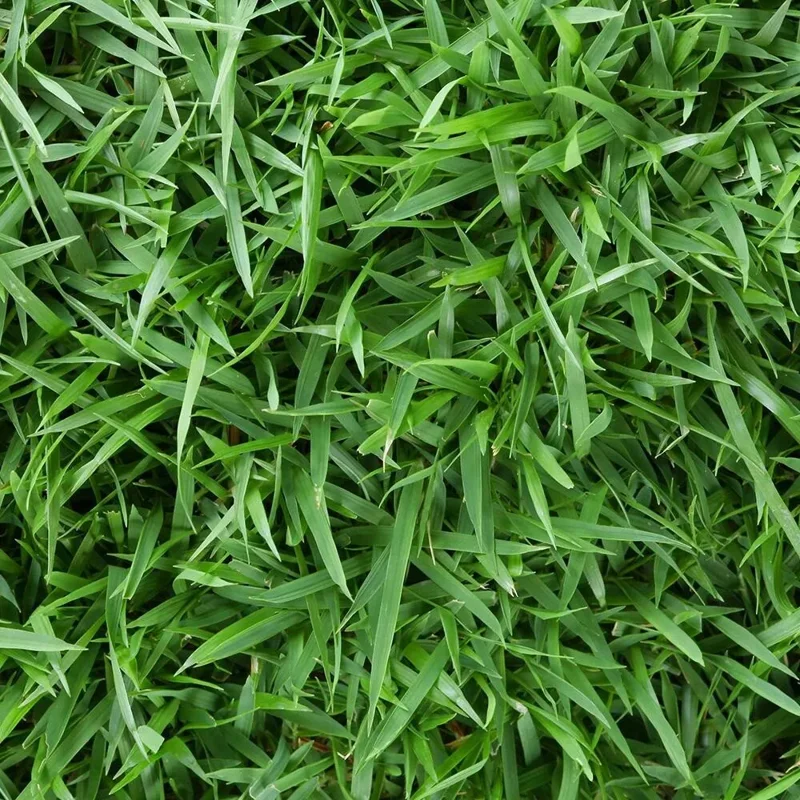



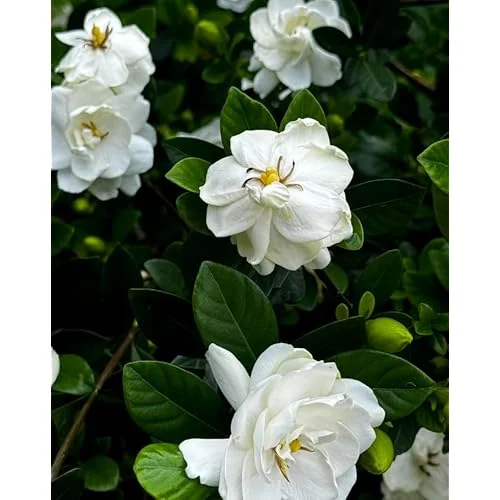
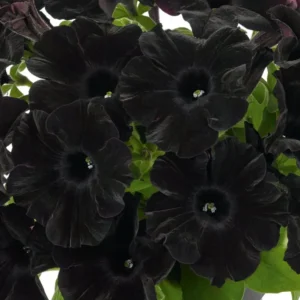
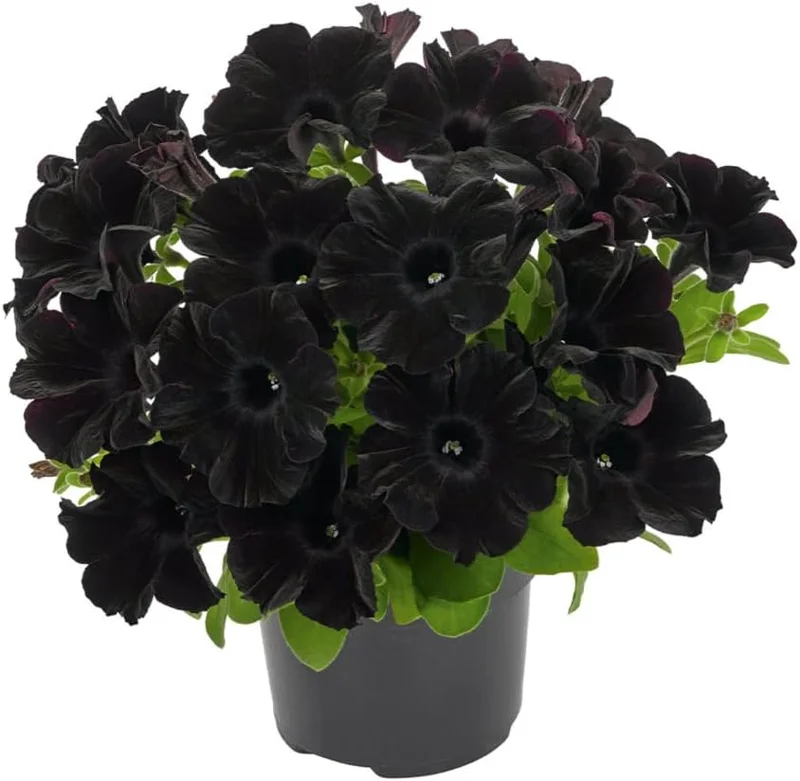
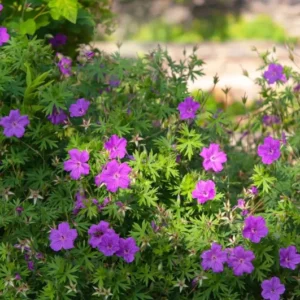
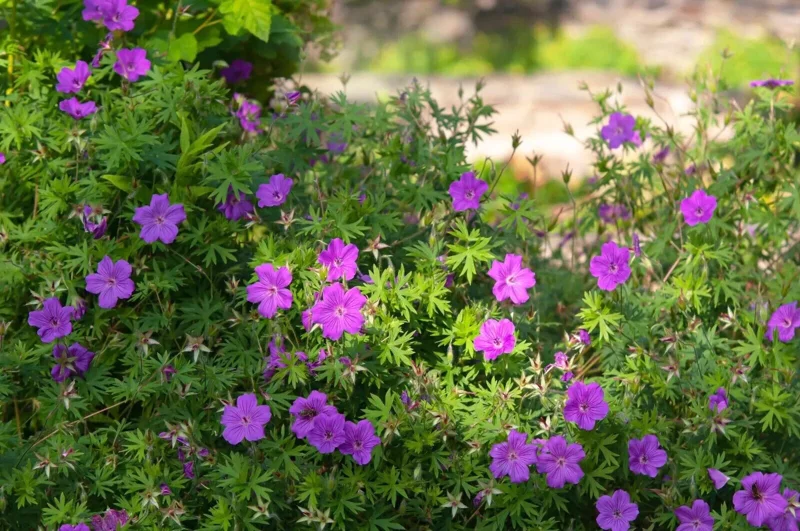
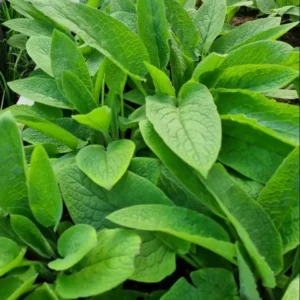
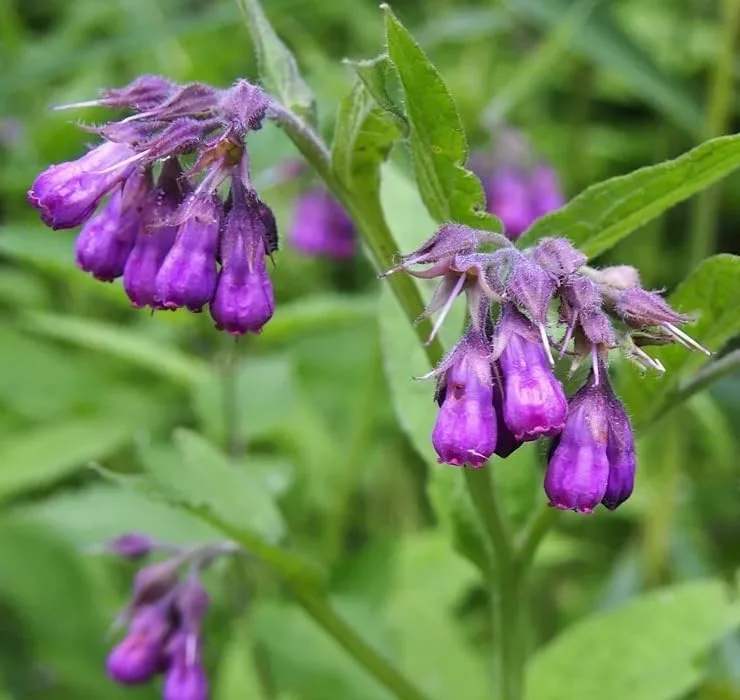
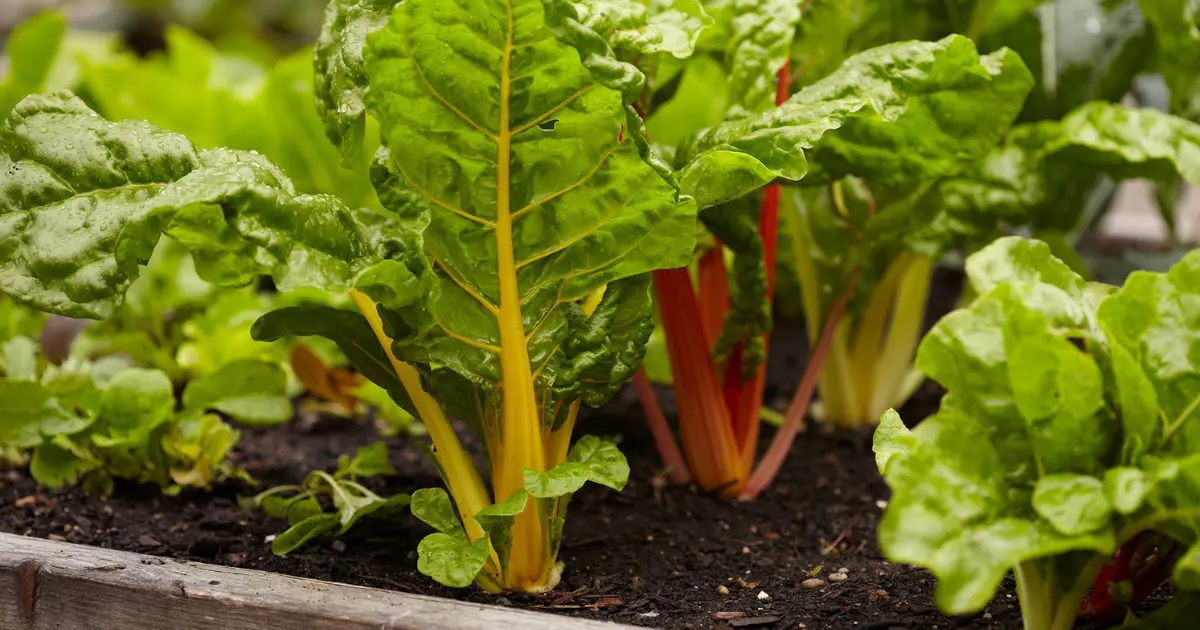
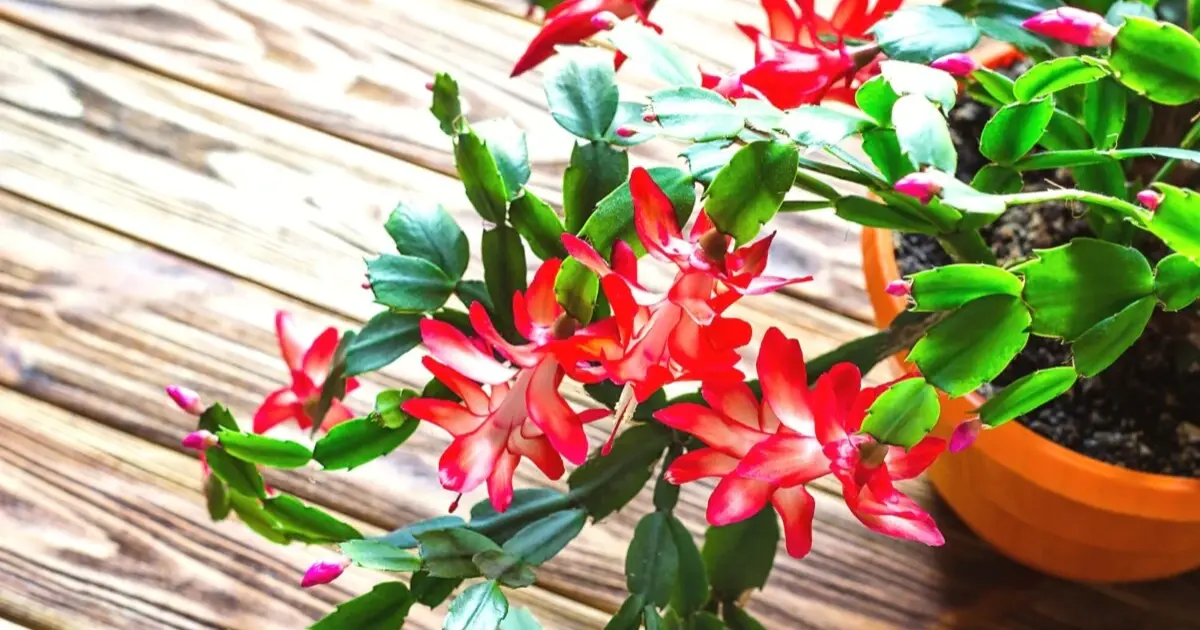
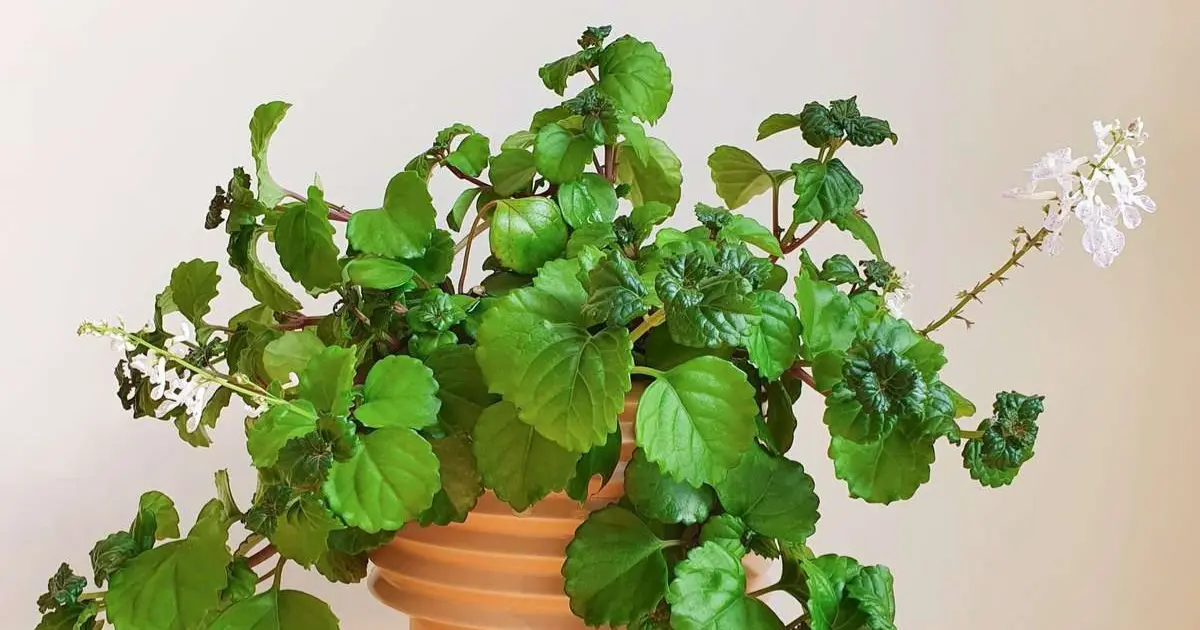
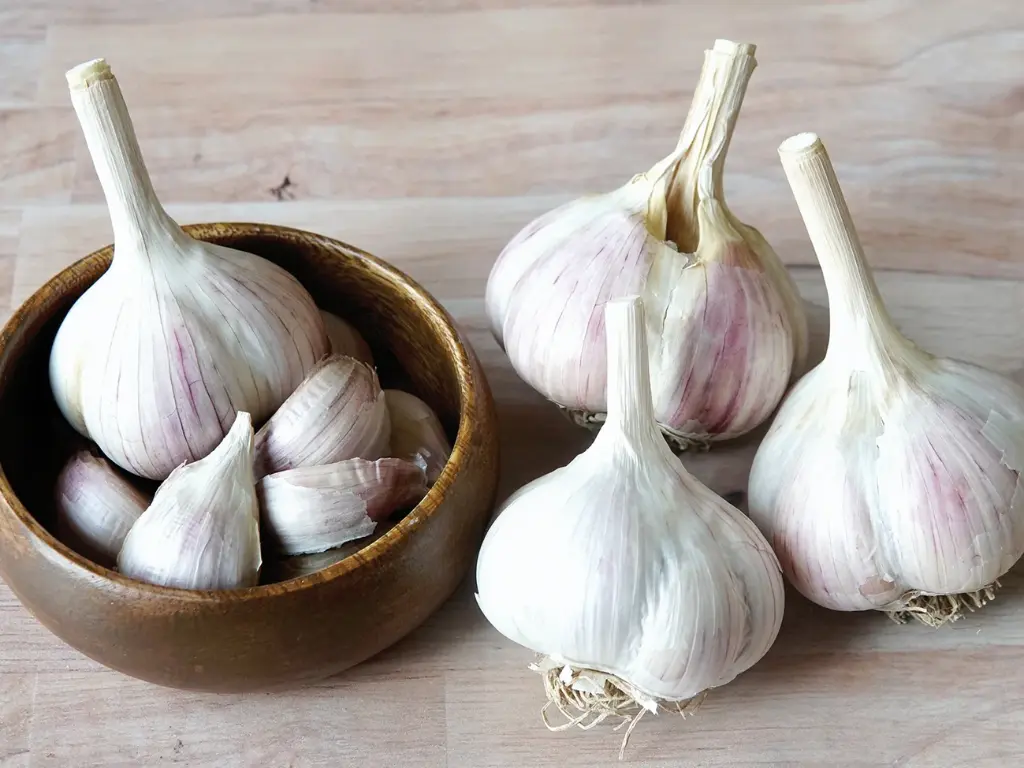
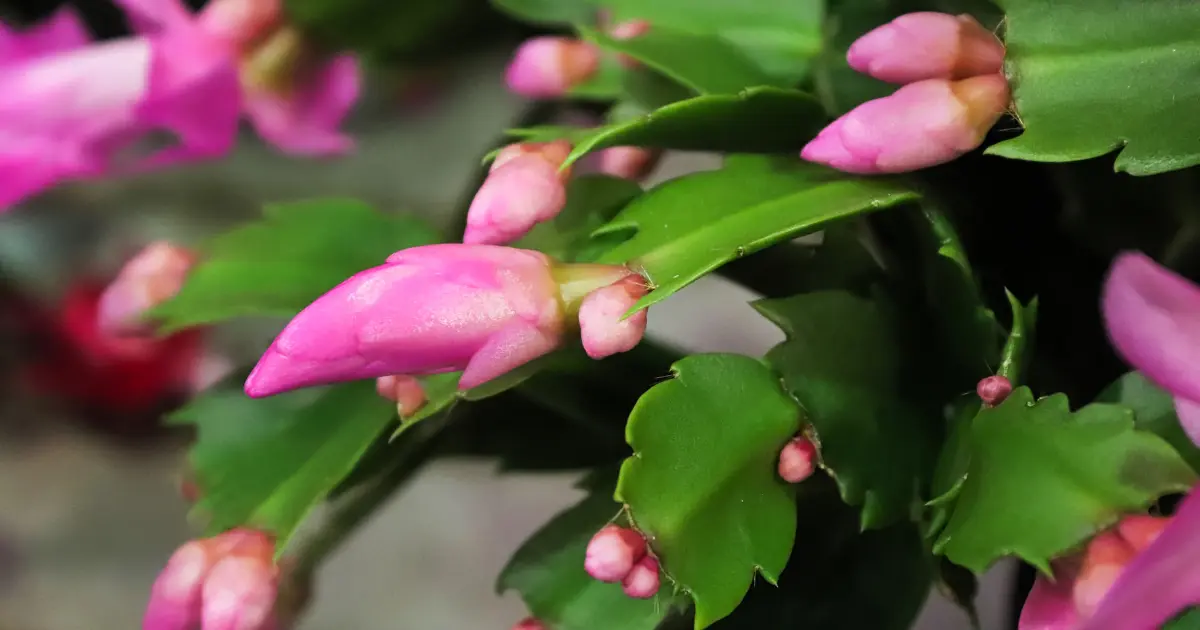

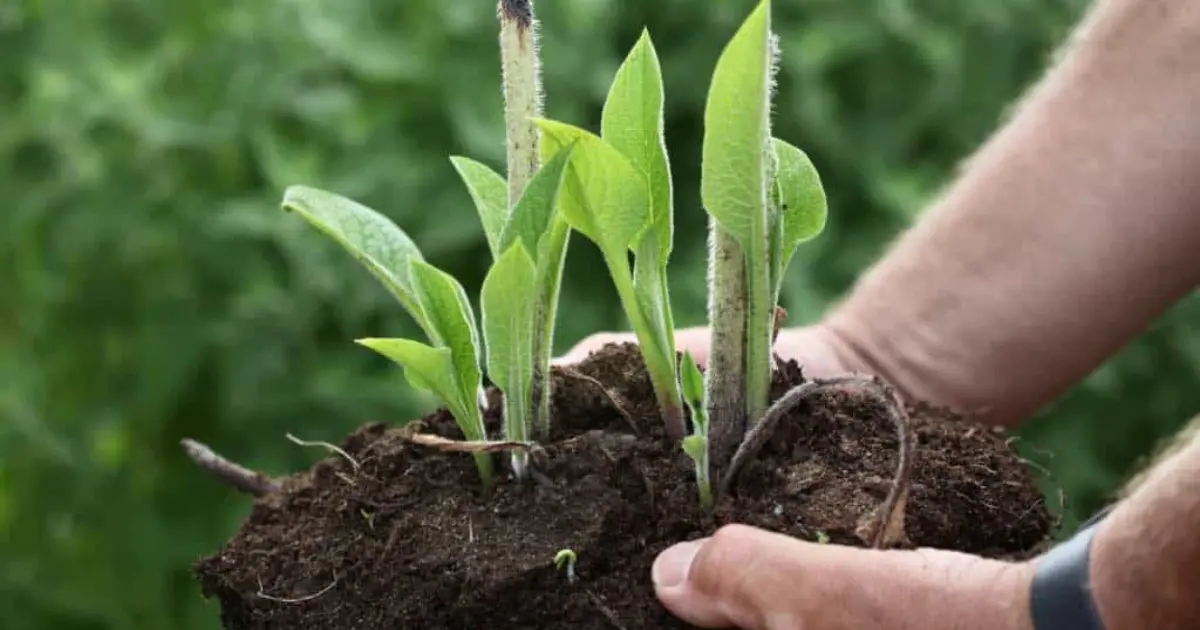
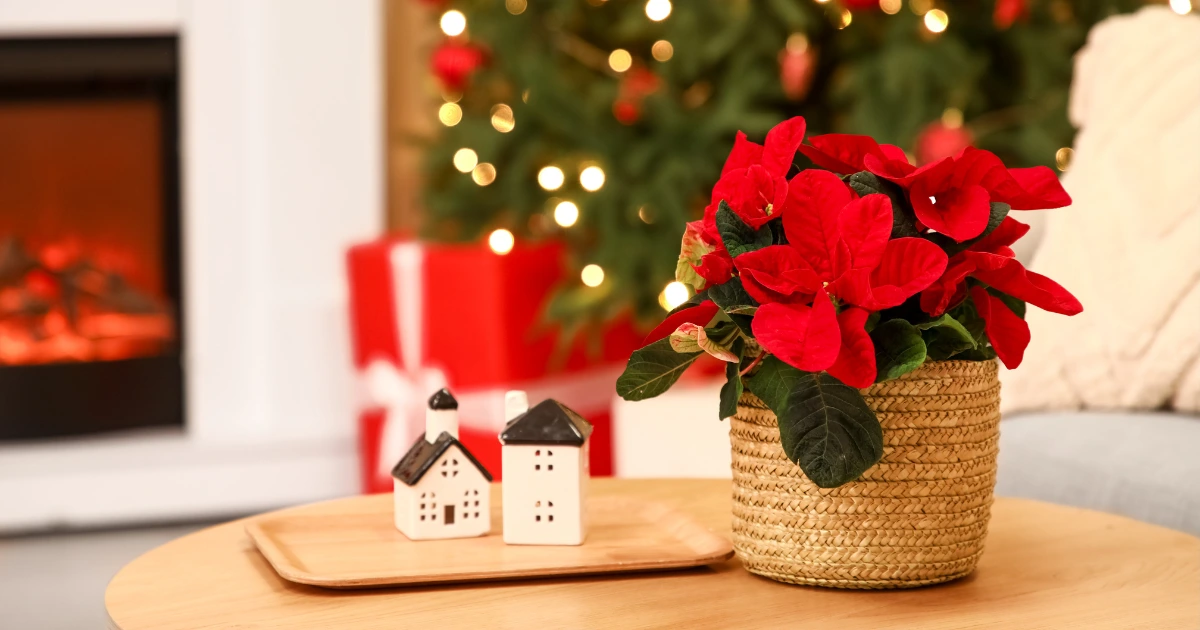
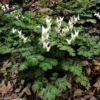
Reviews
There are no reviews yet.